This story was originally published in Singletrack World, Issue 144.
Hannah heads to the birthplace of mountain biking to meet a company that is part of mountain biking’s origin story.
Words Hannah Photography Hannah & Fahzure Freeride.
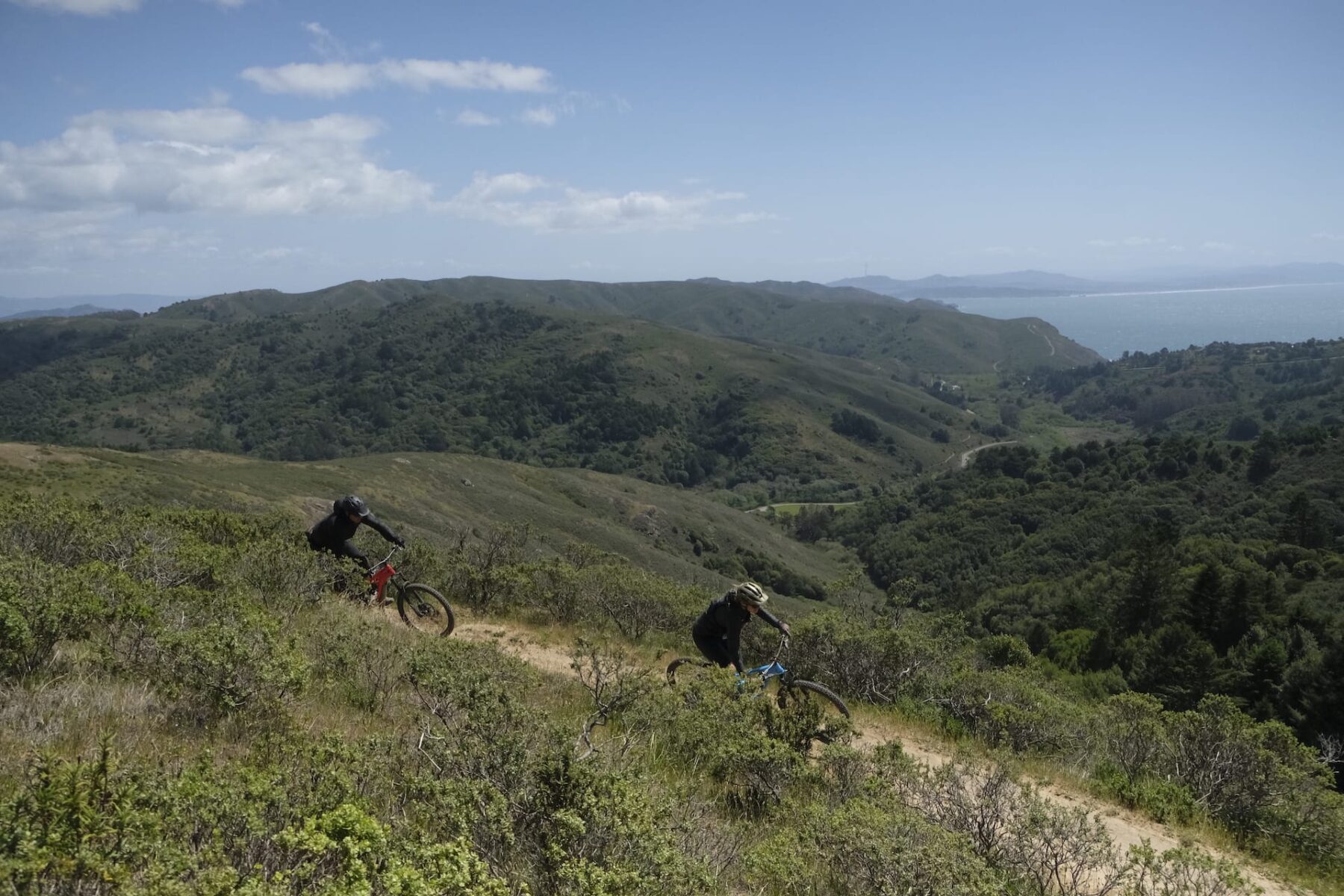
California’s coastal redwoods may be known for their height, but once you get over craning your neck to look up at them you start to notice what’s going on nearer the roots. They sprout in curious clusters, like mushrooms, giving the impression that perhaps they’re not individual trees, but instead some sort of single living organism, sprouting, spreading and re-sprouting, trunks reaching towards the sky from a hidden life form creeping below the needle-strewn surface. The truth is perhaps more curious still. The clusters of trees – often called ‘fairy rings’ – can be formed as seeds from the trees above grow and tap into the root systems of their parents to give them extra strength and nutrients. A multigenerational family, snuggled together. Alternatively, they may be shoots that have sprouted from the roots of a neighbouring tree – in some cases these shoots will be clones, and in others they’re a whole new tree. Whichever genetic path these trees take from forest floor to sky, their roots remain entwined with the other trees of the forest, individual but co-dependent, and sensitive to the events that occur around them.
Roots of innovation
Nestled at the bottom of Mount Tamalpais and merging into the redwood forest is Mill Valley, California, a small town with a population about the size of Singletrack’s home town of Todmorden. Here lies the long-standing headquarters of Wilderness Trail Bikes – or WTB, as you’ll likely know it. The company has been based in Mill Valley for nearly 40 years and was founded by cycling pioneers Steve Potts, Charlie Cunningham and Mark Slate. When I visit the entire office is undergoing refurbishment, so the collection of frames that has hung from the ceiling since the building was being used for framebuilding has been carefully packed away, their dusty forms taken down from the rafters for the first time ever. I know there is a treasure trove of mountain bike history tucked away in storage, but for now I have to make do with their original heavy wooden sign for my history fix. But I’m here to get the story of the brand and do so, along with extensive local knowledge from our host for the day, Heather McFadden, WTB’s Director of Marketing.

In the area around Mount Tamalpais – affectionately known as Mount Tam to most mountain bikers – the redwoods are relatively small and young, much of the old growth having been felled to rebuild neighbouring San Francisco after the 1906 earthquake, with many of the remaining trees being given protection as the Muir Woods National Monument in 1908. As we pedal from the office, leaving the bike paths of town behind and heading into the woods, it’s my first real-life encounter with the redwoods, and without Heather’s historical explanation it would never have occurred to me that these trees were, relatively, small. They’re strikingly straight, despite their close proximity to one another, and I’m glad of the simple doubletrack climb as I crane my neck to look up, up and up. I’m aware of being in some kind of peak-tourist state as I ooh and aah over the 100-foot tall trees, but as Heather lives here and seems equally in thrall to their wonder I don’t feel too self-conscious about my total distraction from all things mountain biking. As well as the trees themselves, I’m fascinated by the houses that somehow nest between and around them. As the trees are protected, houses have to be built without disturbing them, leading to some innovative architectural solutions. Walls are built around trees, with huge trunks pushing up through the buildings themselves, while older properties sit inches away from trees that have grown closer over the years.
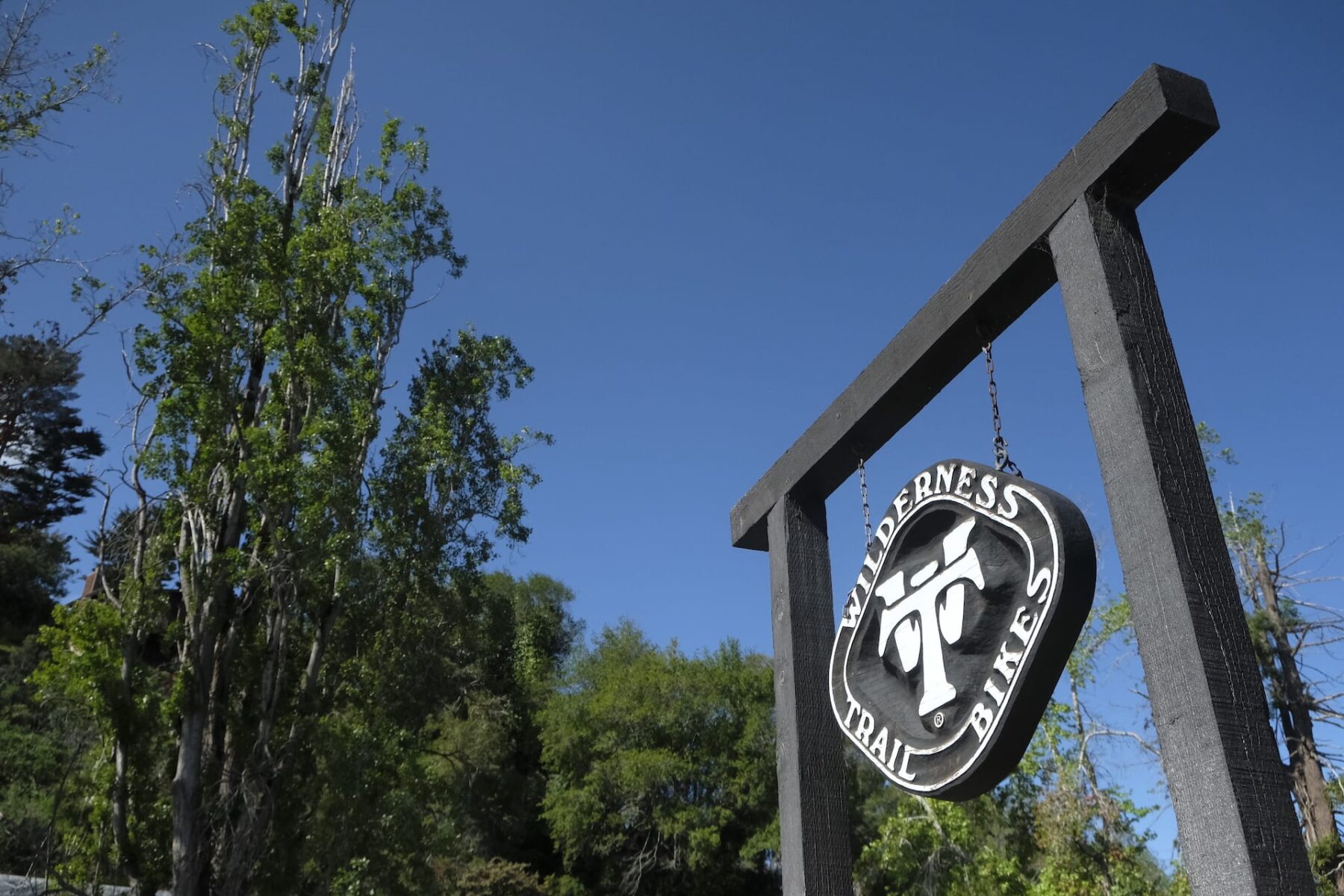
As we continue up the Railroad Trail – a long doubletrack climb that used to be the path of a railroad that took tourists from San Francisco up Mount Tam on what must have been a spectacular day out – I try to ignore the trees and creative architecture just enough to take in some of the innovations of WTB. Gary Gleason, WTB’s Vice President of Sales, has been an employee in various roles since 1994 – long enough that he was there for history in the making. While every company likes to talk up its innovations and milestones, it’s fair to say that WTB has more than most. Early products were those that served the particular and developing needs of off-road cyclists: Toe Flips which enabled riders to quickly and easily get into toe clips; Rollercam brakes to provide extra leverage for rim brakes; Grease Guard hubs, bottom brackets, headsets and pedals which could easily be purged and filled with fresh lube while on the bike.
It might have taken the bike industry until recent years to adopt 29er wheels almost everywhere, but WTB was making 29-inch mountain bike tyres way back in 1997. Nanoraptor and Velociraptor tyres may not have had many bikes capable of taking them, but the ground was broken and years later the rest of us have caught up. The Ground Control tyre, which WTB designed for Specialized, also set an early standard for effective mountain bike tread patterns, and while it may have changed a little over the years, it’s still there in the line-up today. WTB also pioneered tubeless technology, their tyres and rims matching snugly – as many tired of thumb riders will attest – allowing riders to abandon the inner tube, gaining a huge improvement on flat resistance and ride quality.
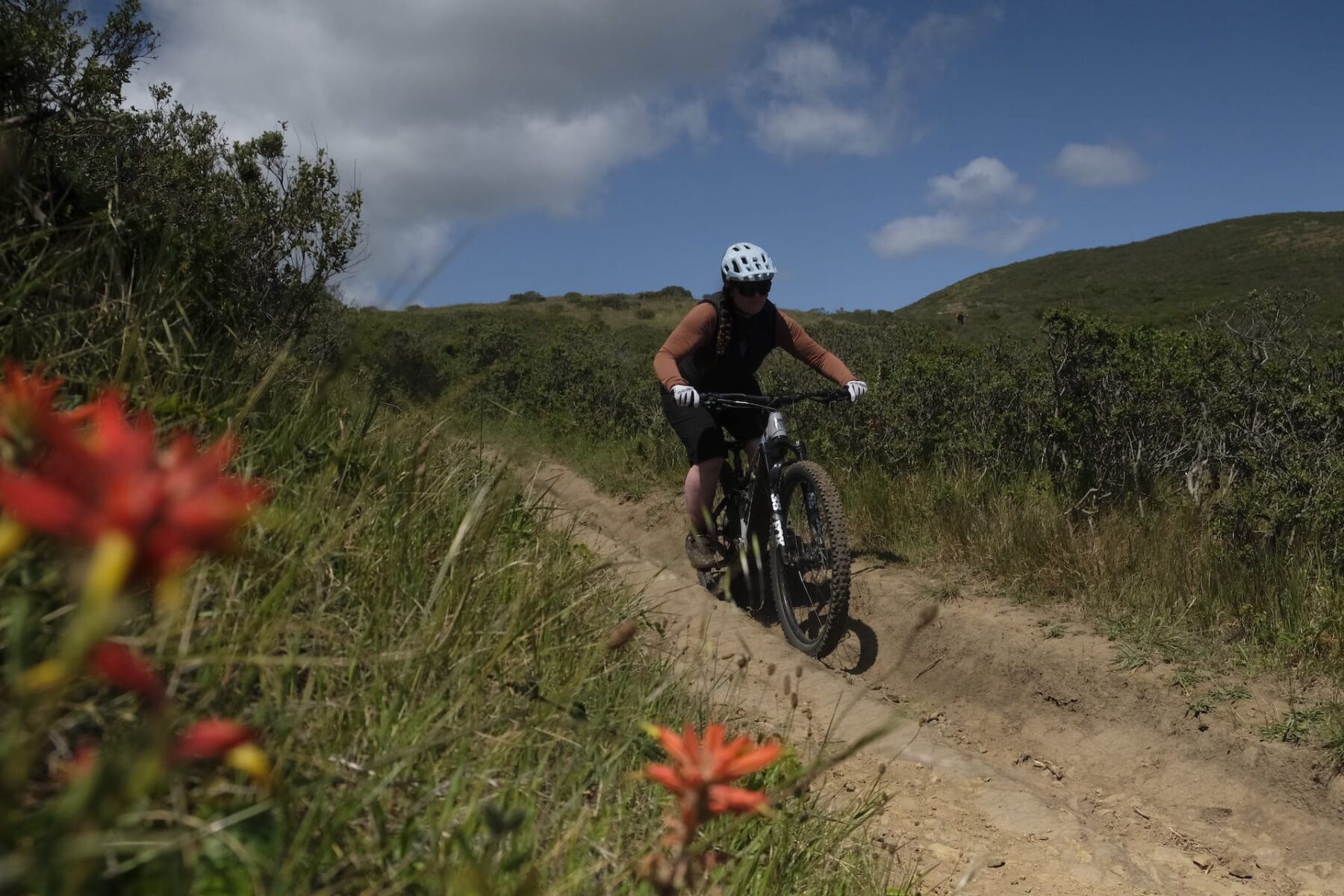
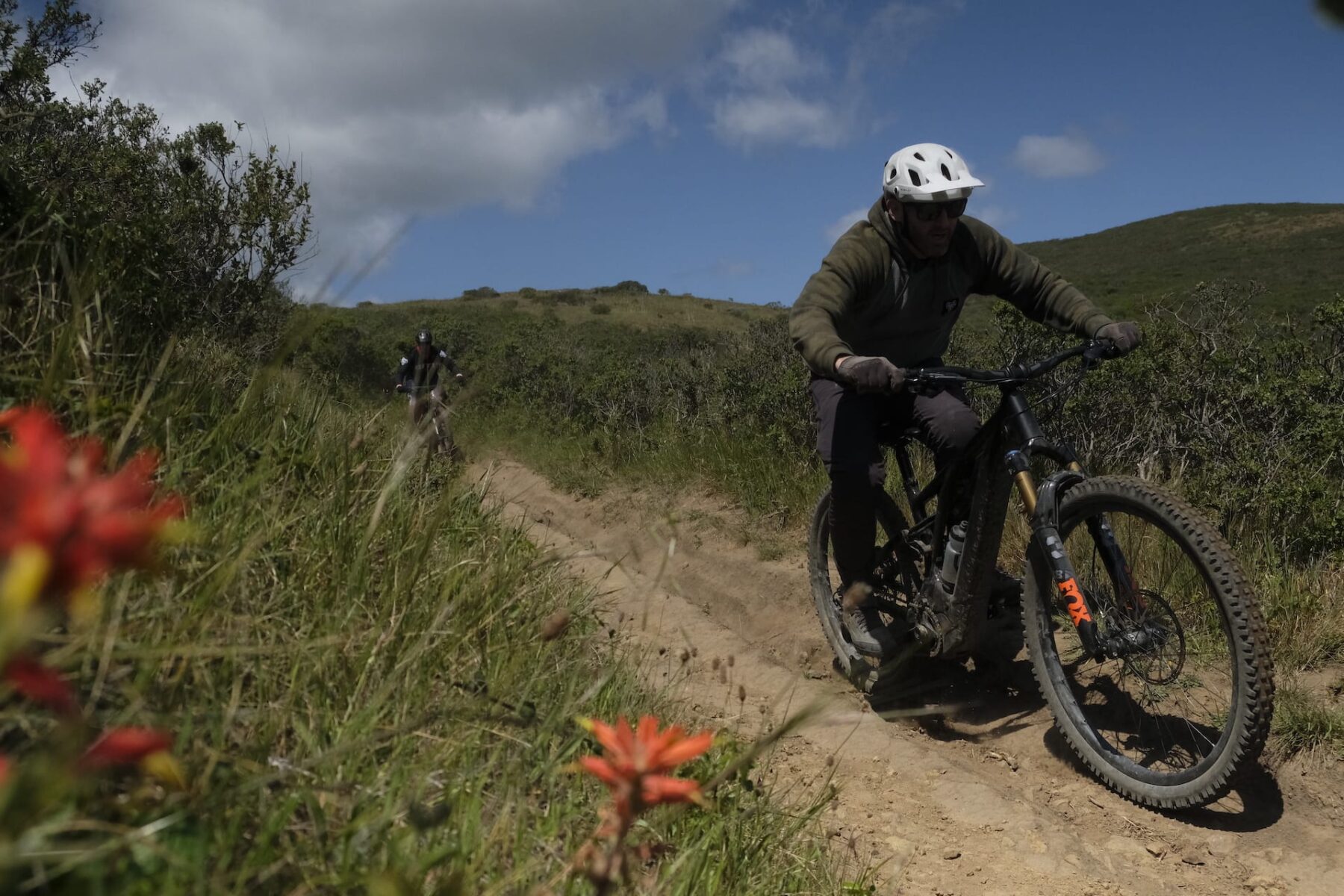
Standing tall
The path of a trailblazer is not always smooth. While ferns and orchids grow lushly under the trees, on the upper slopes of Mount Tam above the treeline, poison oak lurks between the shrubs and flowers. Veering off the trail can easily result in a nasty rash that makes the UK’s nettles seem like a casual gravel ride compared to the downhill black run of raised welts caused by poison oak. It’s a cunning little shapeshifting plant, sometimes green, sometimes tinged red, sometimes barely taller than a dandelion and other times chest height. Unless you play it safe all the time, wrapped from head to toe in long sleeves and trousers, never risking a little skin exposure, it’s almost inevitable that at some point you’ll feel the itch of this pesky plant.
And so it is for WTB – innovative products don’t always catch on. Risks don’t always work out. Gary explains that the WTB PadLoc grips were one such product – they worked great and gave riders loads of comfort, but relatively few consumers were prepared to take the leap of faith by cutting their bars to fit the grips. As other companies offered alternative solutions to making grips that are both comfortable all the way to the bar end and firmly fixed in place without twist or flex, WTB pulled the plug on PadLoc. Admitting when something is not working is, Gary says, one of the keys to combining innovation with long-term viability.
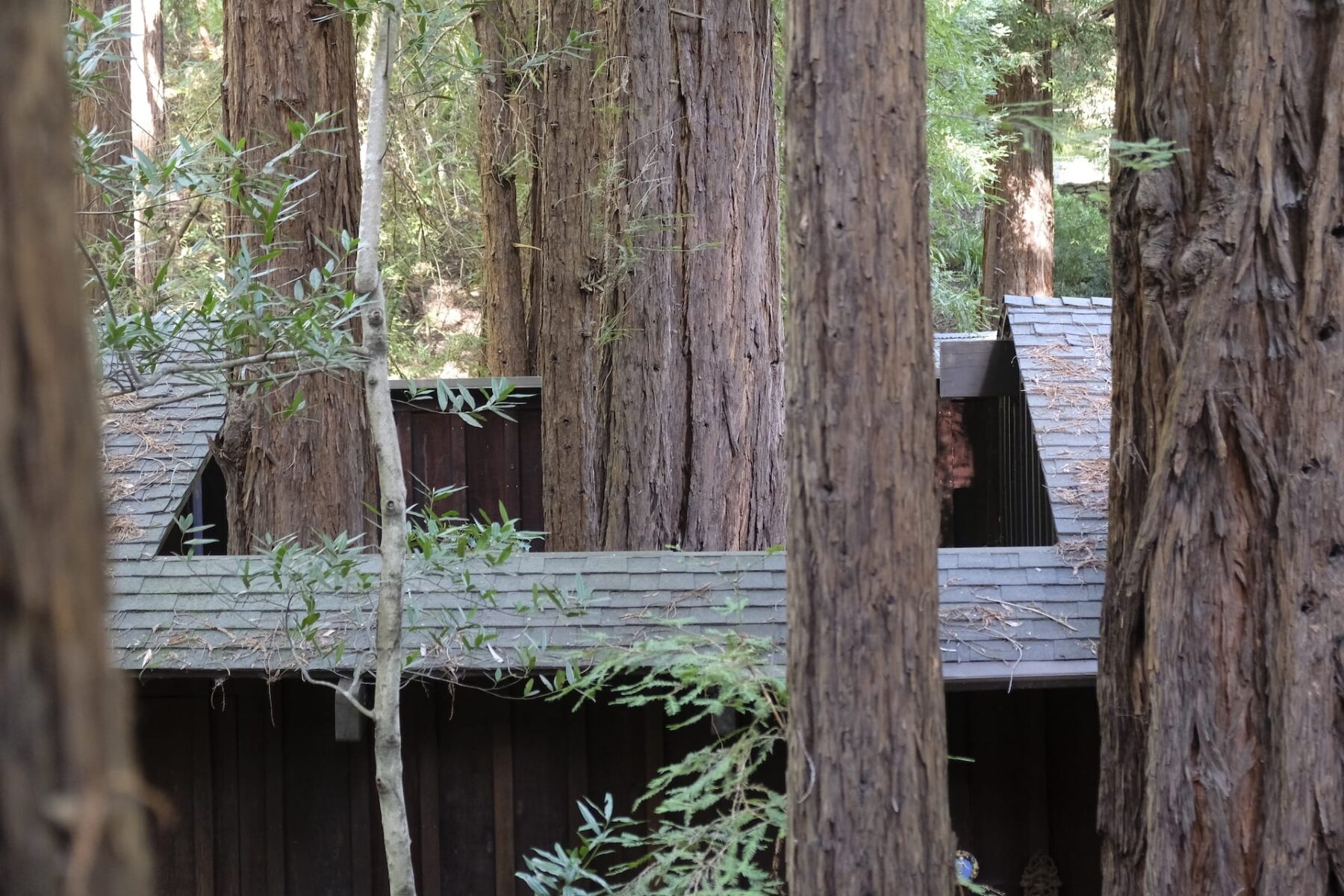
Gary and I struggle to think of other mountain bike brands that have stayed in private ownership as long as WTB. Slate and Seidler became sole owners in 2002, and to this day there are still no investor shareholders. It’s a position of independence and flexibility that lends itself to change when opportune, yet also a steady hand with a longer term view to provide stability.
Growing, the right way
Gary is one of a number of staff who have been with the company for more than 25 years. Heather has been at WTB for seven years – perhaps quite a while in today’s portfolio career terms – and she’s one of that somewhat rare breed of bike world employee who has a past elsewhere in the more corporate world. Perhaps because so many bike companies start – as WTB did – with friends collaborating on a hobby or passion project, it’s an industry that often lacks the structures and policies that help keep a business in step with the world. Heather’s influence has shifted the internal organisation of WTB and changed the outward appearance of the brand to reflect the broad demographics of WTB product users.
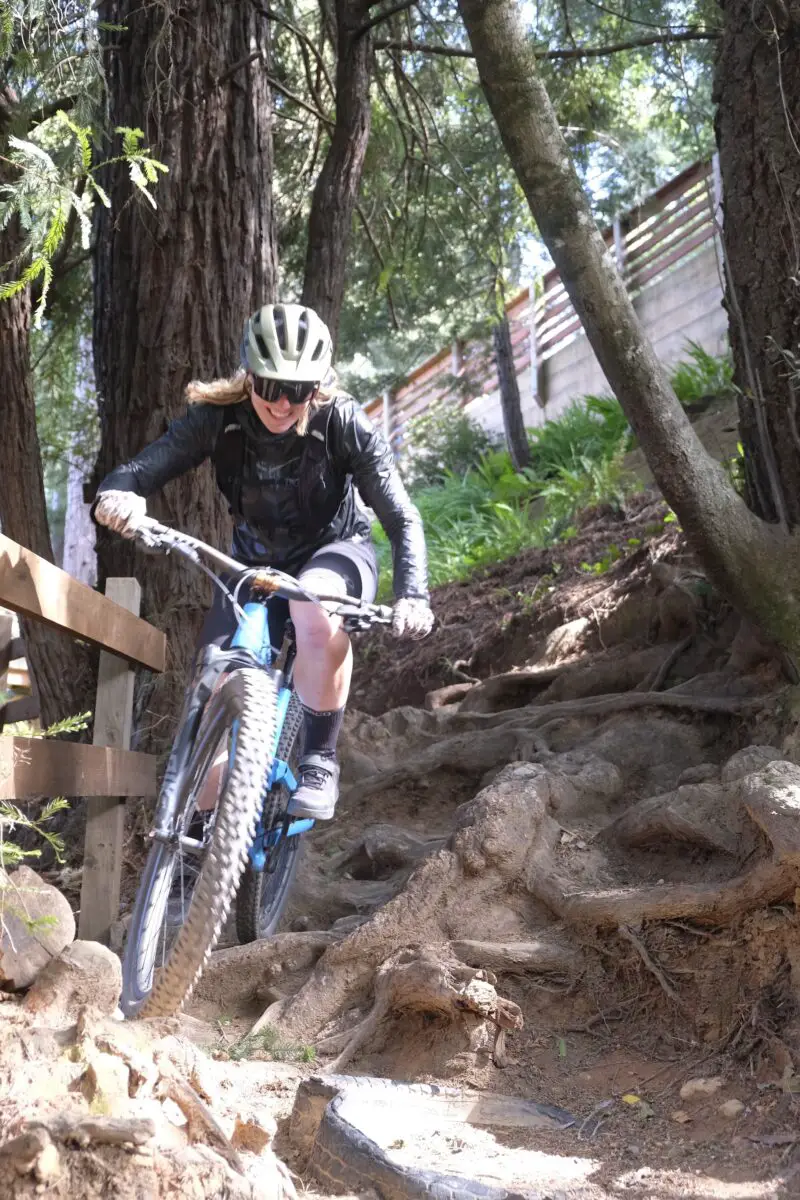
For longer than it has been fashionable, Heather has been pushing WTB towards a more comprehensive marketing strategy. Sports Marketing Manager and racer Becky Gardner joined the company a couple of years after Heather, and bolstered Heather’s message by adding a wide range of supported athletes to the brand’s roster. As we climb up a particularly steep set of switchbacks with me on an e-MTB and Becky under her own power, it’s probably an especially cruel moment for me to ask about how she decides who to support. However, she is a powerhouse of energy on and off the bike, and shows little sign of exertion as she explains that she looks for people who can tell stories. Just as the redwoods support each other through their shared roots – they’re so tall that they’d fall over if they didn’t hold on to each other – so WTB hopes to support a whole array of riders. But unlike the redwoods, Becky isn’t looking for any clones. She wants different stories and different paths to bikes and feels that in the past there’s been a tendency for sponsored athletes to have followed a cookie-cutter route to sponsorship. Racing is still important to WTB, but even racers need to be able to communicate. It’s not enough to be able to take nice photographs for Instagram either – Becky reckons that these days, phones and cameras are so good that pretty much everyone can take decent pictures. It’s having a different story and one that a rider can tell well that will catch her eye, and in turn, she hopes, yours. The racer who can describe the joy of pushing their limits is joined in the WTB rider line-up by the plus-sized fashion designer who can similarly convey the joy of being out on the bike and discovering where it takes them.
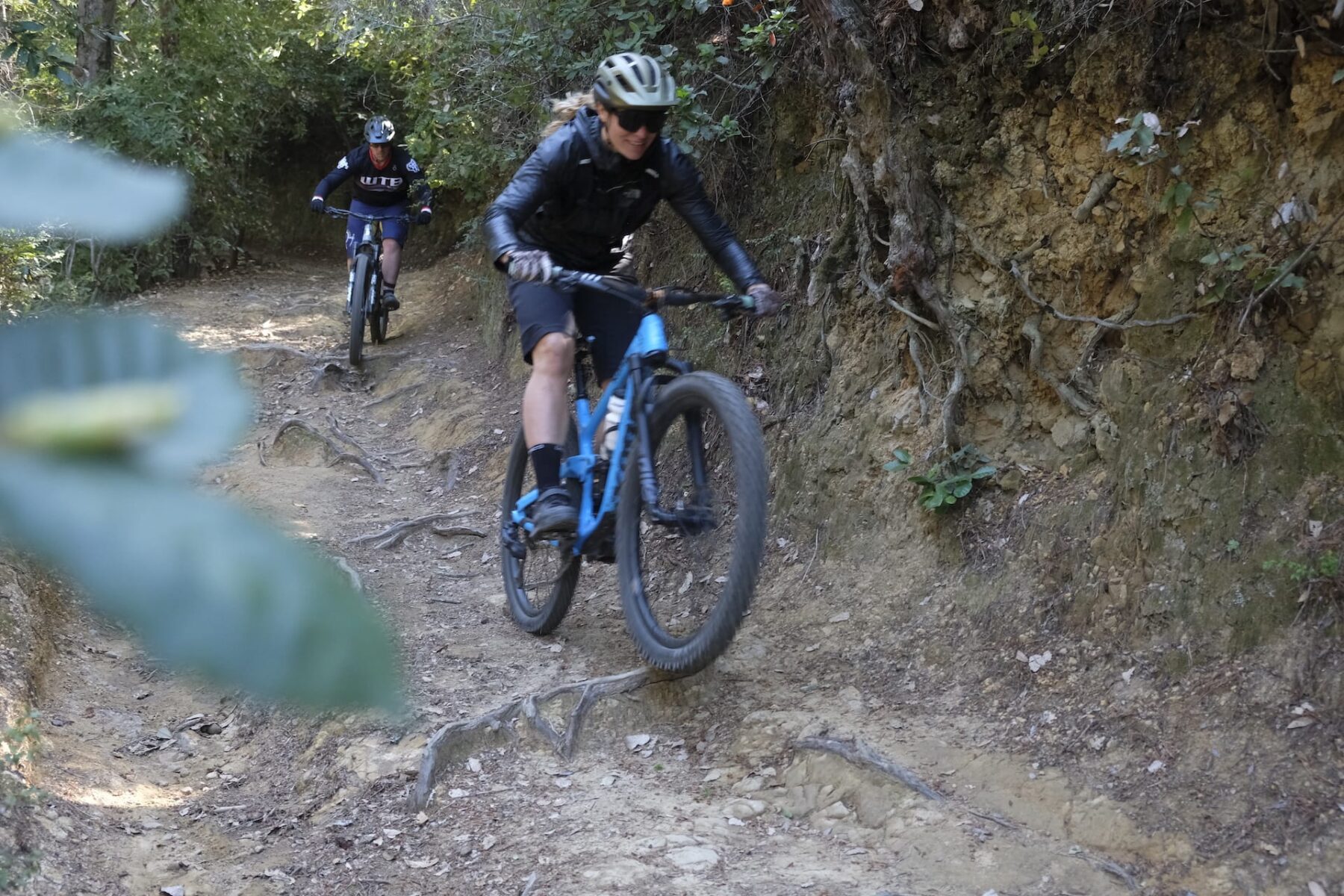
Sitting alongside this developing roster of athletes is Downieville Downhill legend and long-time employee Mark Weir. His career has evolved along with mountain biking, seeing him move from elite racing to focus on advocacy and trail building. With the Dirt Apprentice programme, he is teaching kids how to build trails sustainably while getting them outside and away from their screens. Through this, WTB hopes to seed future cycling culture with “an appreciation for the outdoors and recognition of the hard work required to maintain it”.
Beyond your roots
It’s an odd quirk of land ownership and access rights that means that here in the birthplace of mountain biking, there’s actually relatively little by way of legal trails or trail building opportunities. But it’s no matter for our visit, as even sticking to strictly permitted routes offers up a nice mix of easy doubletrack, fairly broad singletrack with expansive coastal views, and some spicier roots and switchbacks through the trees and back towards town, where quiet lanes are stalked by California’s ever-present electric vehicles which hum faintly like oversized insects. Equally, the relative lack of opportunity on the trail development front hasn’t got in the way of local advocacy projects for WTB. Patrick Seidler, CEO/President, arguably the driving force who has encouraged the company to bring more to the world than new products, has been instrumental in getting green bike paths installed, creating safe routes to schools and educating people about cycling infrastructure through WTB’s non-profit sister organisation TAM (Transportation Alternatives for Marin). As well as campaigning for the local bike paths, Patrick sits on the board of PeopleForBikes, a US-based organisation with the mission ‘More people riding bikes more often’. It doesn’t seem to matter whether the people riding to work in a city on an electric bike are using any of WTB’s products – what matters is that bikes are great and can change the world – if we argue the case for them.
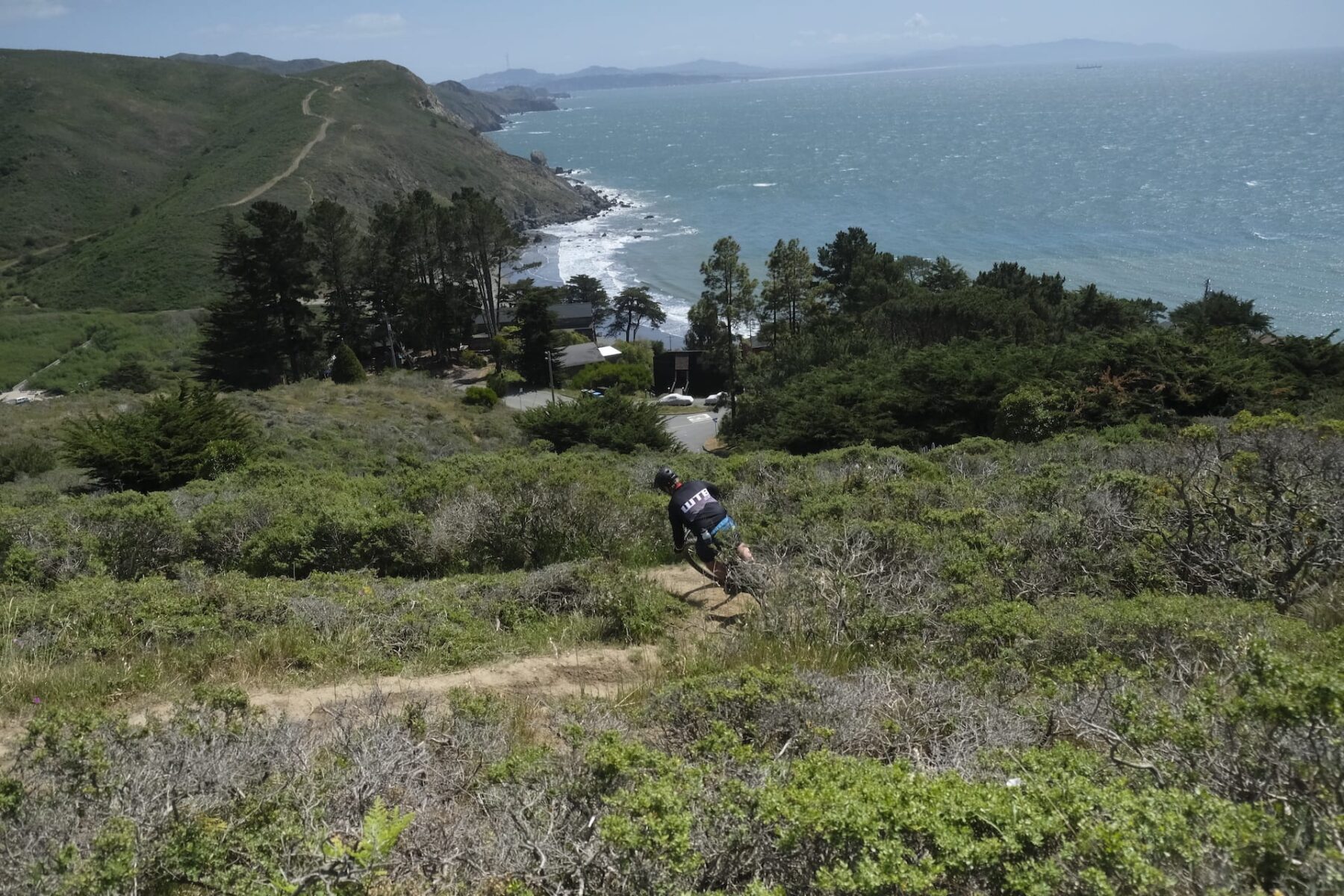
Back on the trails and further afield, WTB has opted to support networks of trail builders and bike advocacy groups like Trash Free Trails, Sierra Buttes Trail Stewardship, and SORBA, considering it more effective to help local experts do their thing. That means less visibility for the brand – there’s no WTB-branded advocacy project for them to cover in stickers and trucker caps – but the team believes it gives more meaningful results for the riders. Again, I get the sense that being rider led rather than shareholder led has a real impact on how things are done. These are bike riding employees, who look out for each other, engage in practical grassroots advocacy, sleep on each other’s sofas, and share a love of the trails. A little fairy ring of WTB trees whose roots extend and entwine with the many other bike brands of this part of California, and beyond.
Everything is connected
The coastal redwoods around Mill Valley are young at only 120 or so years. Elsewhere, these trees can be expected to live up to 600 years quite easily – the oldest known example is over 2,000 years old. When every ride has these giants looking down on you, and your home is pressed up against one, you might well feel a little small and insignificant in the scheme of things. The trees should be there long after you’ve pedalled your last trail. It’s no surprise then that as WTB looks to the future, hand in hand with its advocacy work, it’s wondering how to reduce its impact on the environment. Just the development process for making a new tyre and checking that the mould works correctly creates a surprising amount of waste – and tyres, as a composite, are notoriously tricky to recycle. Many of their products are plastic or rubber based, putting them in one of the hardest segments to recycle or produce in less impactful ways. Evan Smith, Principal Engineer, seems distressed by the heap of tyres in his truck that he needs to dispose of – they’re not finished products that can be ridden, so they can’t be given to a bike charity, so they will be shredded like automotive tyres.
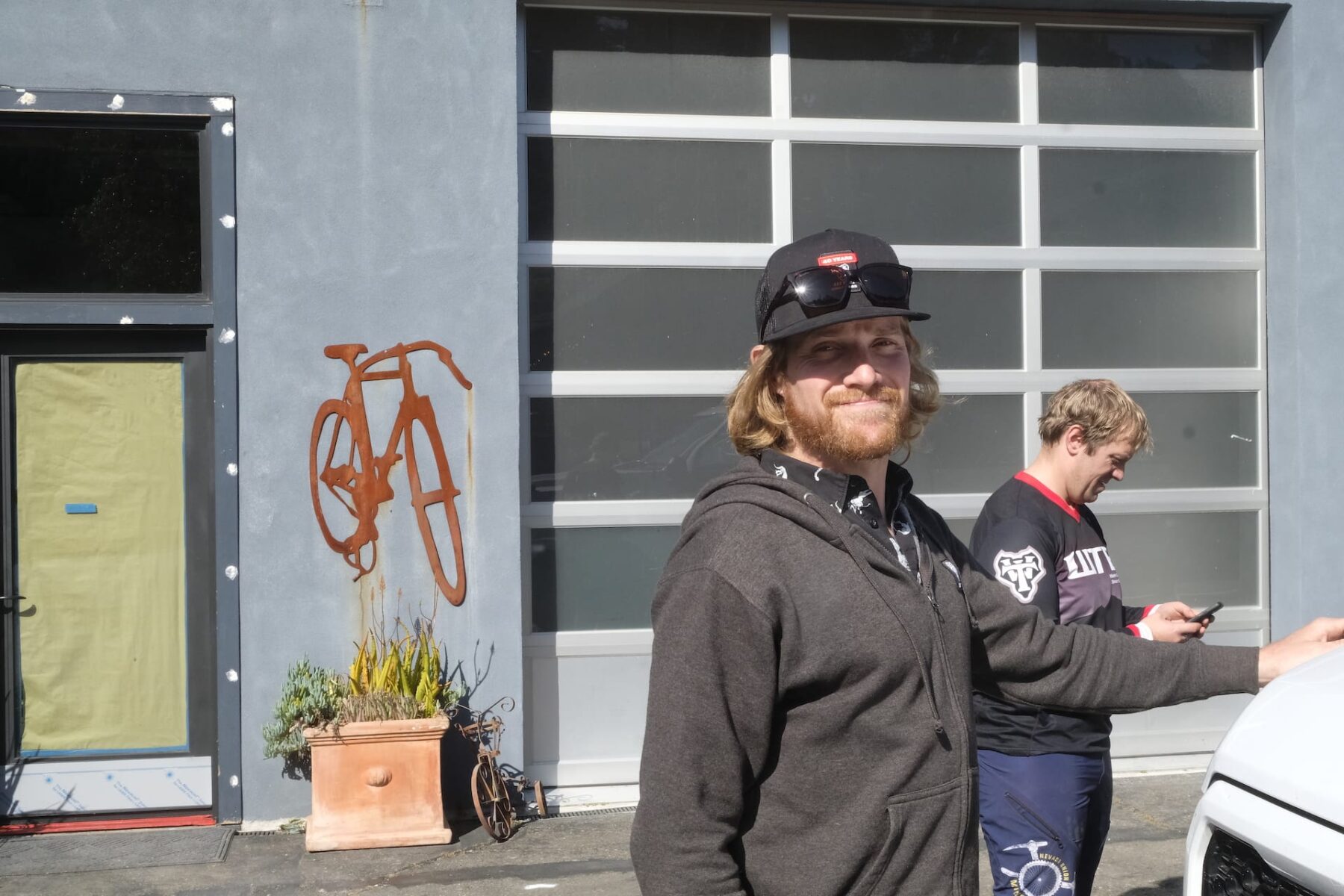
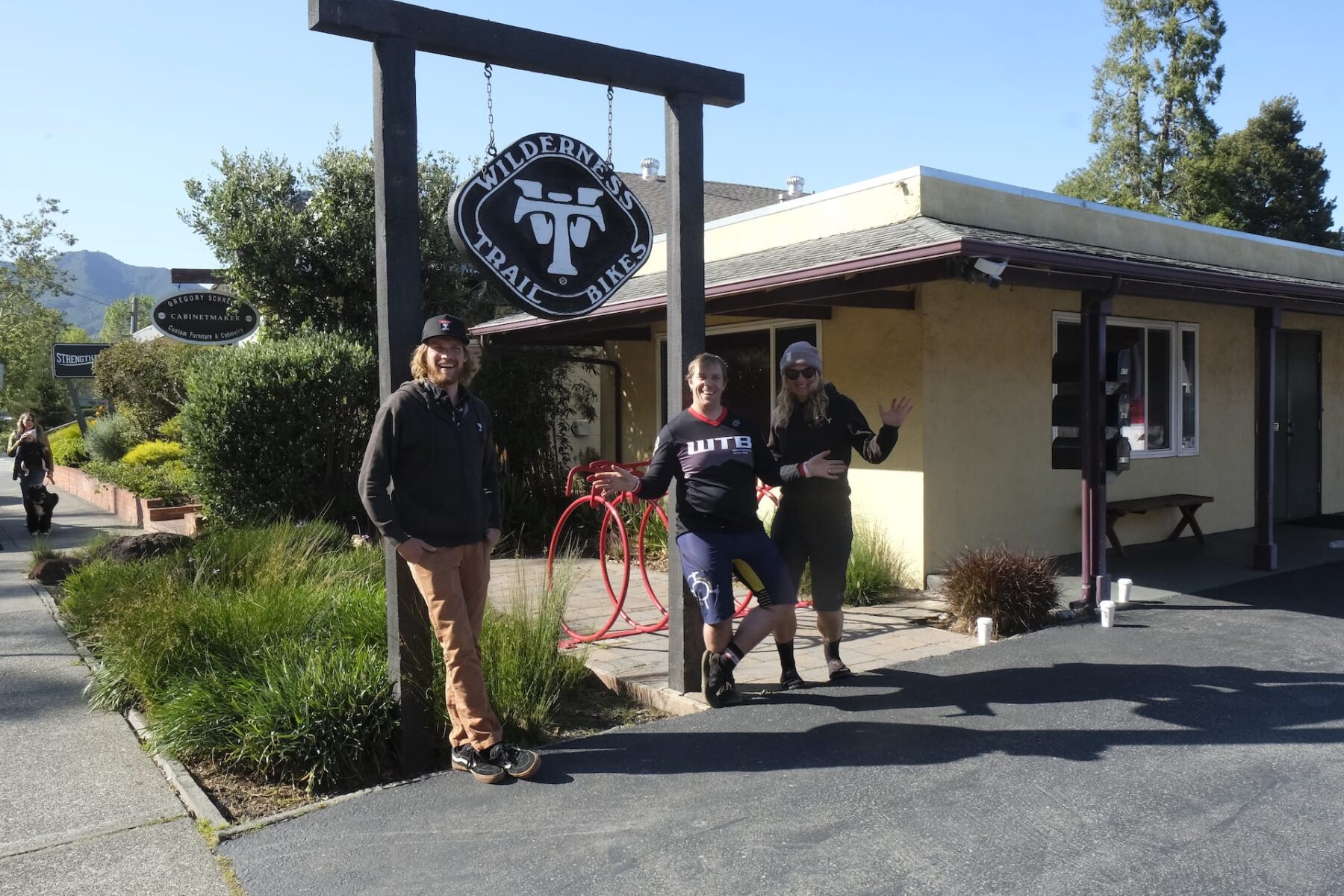
Like the hummingbirds that have me squealing with excitement at the top of Mount Tam, there’s plenty of energy and activity among the staff at WTB, but only so much they’re able to do alone. The company is looking at ways to move production closer to end users, with products being made in Europe and California. They’re collaborating with brands to see how they can undertake environmental impact assessments so they know where to focus their efforts and how to measure progress. They think it’ll take some of the bigger corporations to lead the way in things like materials development, figuring out how the industry can make products with less waste or by using more recycled materials.
The bike world is one big connected ecosystem, and while WTB no longer makes products for other brands, about half of its business is based on supplying brands with its gear to build up complete bikes. Tyres, wheels, rims and accessories like saddles are as likely to be bought by a rider upgrading or repairing their bike as they are to come ready fitted to something off the peg from your local bike shop. This is a happy position to be in – seeing the WTB brand on a bike is a sign that a company hasn’t scrimped on the finishing kit. With touchpoints being where rider meets bike, they’re all important. Sticking to the philosophy that they won’t produce anything unless they think they can make it better, you won’t find WTB pedals for your feet, but you will find a fresh approach to grips coming soon that will see your hands feeling as comfortable as with PadLoc, but without the bar chopping that proved too much for many to stomach. Future developments also include its ever popular saddles getting an injection of science, as an emphasis on data and ergonomics will see a new range of saddles coming your way that should make it simpler to get the right fit for your undercarriage. And this makes perfect sense – with WTB working to get more bums on seats, whatever the path they’re riding, you want those bums to be comfy.
Sowing seeds
Through its products WTB continues to aim to innovate, improving our riding experience. But beyond the bike parts that make every ride a little better, there’s a desire to feed the roots of cycling culture. In a world where so often every good deed has to be branded, promoted and packaged into something that you think might help the bottom line, 40 years of quiet tending by WTB has its mountain bike forest old growth, the healthiest kind, supporting a diverse and healthy bicycle environment.

Story tags

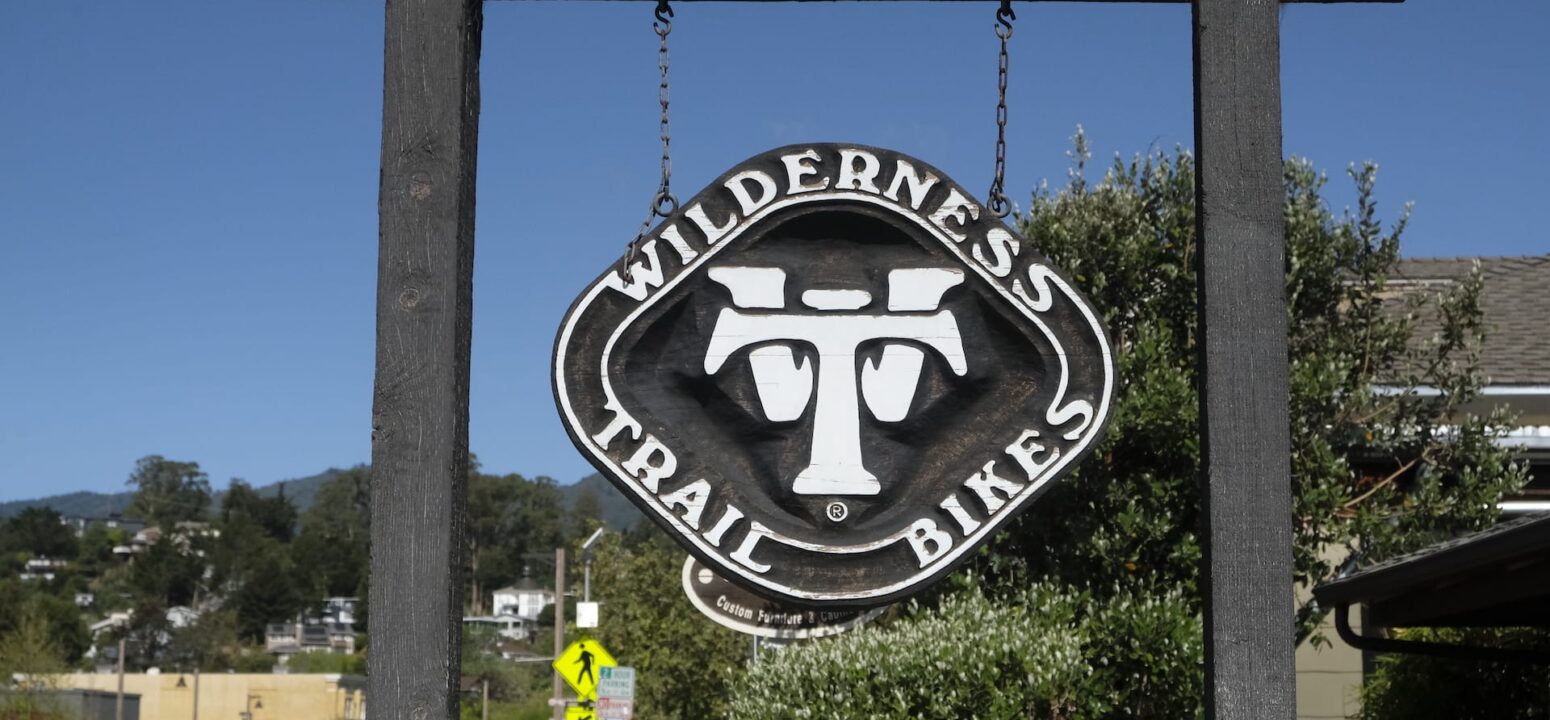

You must be logged in to reply to this topic.